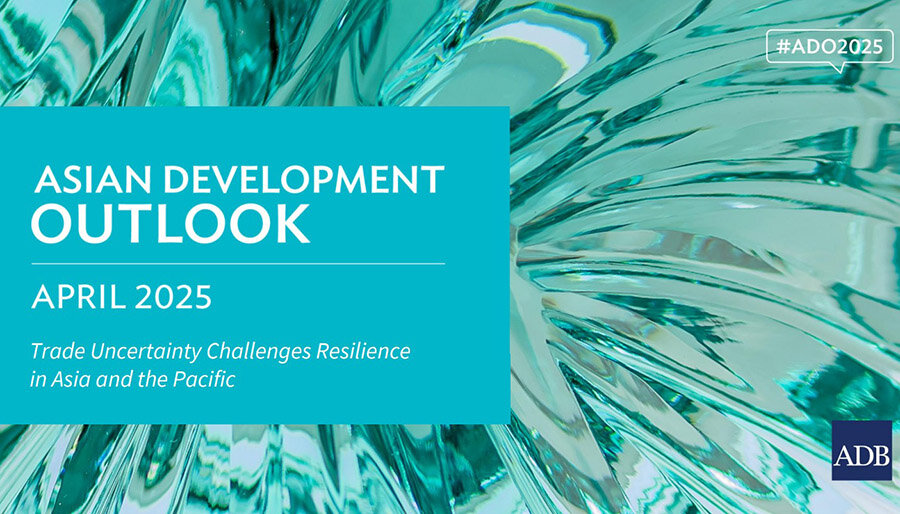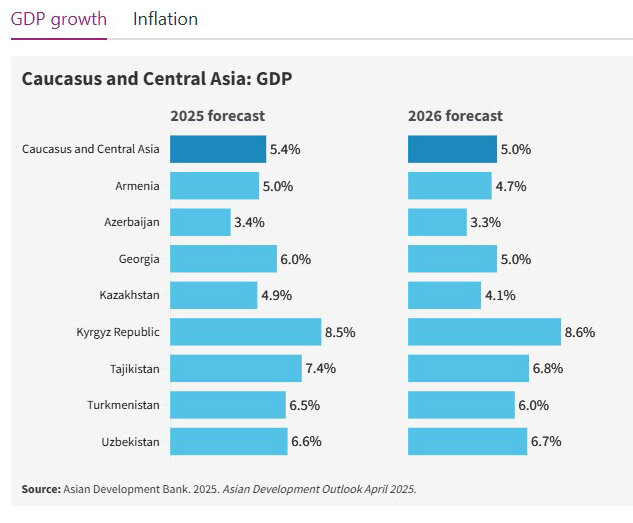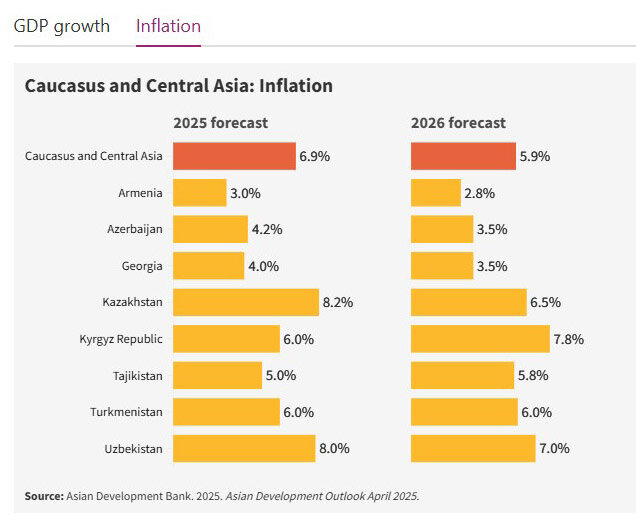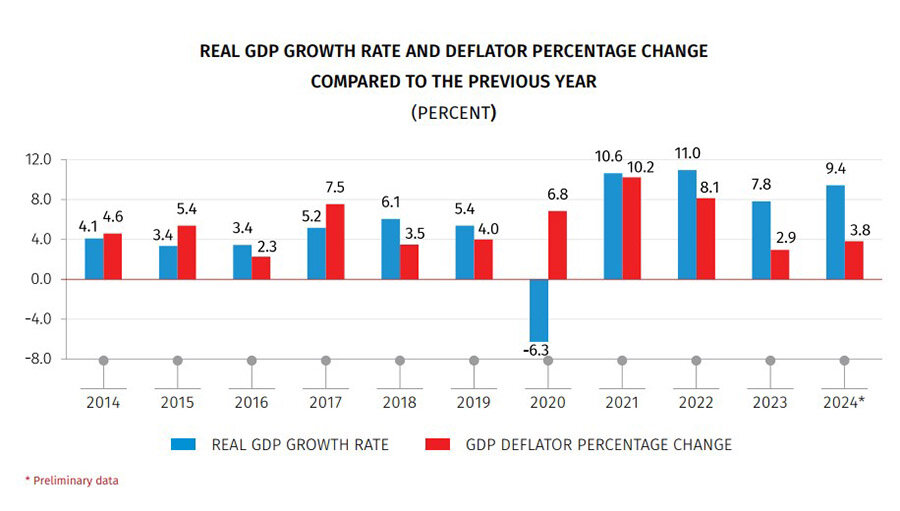читайте также
 How Many Years of Work Does It Take to Buy a Flat in Europe: Deloitte 2025 Data
How Many Years of Work Does It Take to Buy a Flat in Europe: Deloitte 2025 Data
 Hilton Bets on China, Japan, and India — and Eyes Georgia Next: How Global Travel Is Being Redefined
Hilton Bets on China, Japan, and India — and Eyes Georgia Next: How Global Travel Is Being Redefined
 Barcelona Joins Venice, Amsterdam, Kyoto, Hawaii, and Santorini in Raising Tourism Taxes in 2026: What Travelers Need to Know
Barcelona Joins Venice, Amsterdam, Kyoto, Hawaii, and Santorini in Raising Tourism Taxes in 2026: What Travelers Need to Know
 China’s Hotel Construction Pipeline Surges to Record High: Nearly 3,700 Projects Underway
China’s Hotel Construction Pipeline Surges to Record High: Nearly 3,700 Projects Underway
 Oman’s Tourism Surge: Hotels Record Double-Digit Growth in Revenue and Guests in 2025
Oman’s Tourism Surge: Hotels Record Double-Digit Growth in Revenue and Guests in 2025
 Thousands of Passengers Grounded Across Europe as Airlines Face 65 Cancellations and 1,824 Delays
Thousands of Passengers Grounded Across Europe as Airlines Face 65 Cancellations and 1,824 Delays
Georgia’s Economy to Grow by 6% in 2025 – ADB Forecast

According to the Asian Development Bank’s (ADB) April 2025 Outlook, Georgia will continue its strong economic growth in 2025, maintaining resilience amid global uncertainty and rising geopolitical risks. The ADB projects a 6% GDP increase in 2025 and 5% in 2026, supported by strong domestic demand, investment, and stable macroeconomic policy.
ADB notes that developing economies in Asia are expected to grow by 4.9% in 2025 and 4.7% in 2026, largely driven by domestic consumption and electronics exports. Inflation across the region is expected to ease to 2.3% in 2025 and 2.2% in 2026, allowing many central banks to pursue more accommodative monetary policies. However, the report precedes the escalation of U.S. tariffs, which may significantly alter global economic dynamics.

Regional Outlook: Caucasus and Central Asia
In the Caucasus and Central Asia, growth is projected to slow slightly—from 5.7% in 2024 to 5.4% in 2025, and 5% in 2026, mainly due to weaker external demand and declining remittances. Inflation in the region is expected to rise modestly to 6.9% in 2025 before easing to 5.9% in 2026.


Country-specific forecasts:
Armenia: Growth slows from 5.9% (2024) to 5% (2025) and 4.7% (2026), impacted by reduced consumption and weaker exports.
Kazakhstan: Growth of 3.9% in 2025 and 4.1% in 2026 due to increased oil output and industrial investment.
Uzbekistan: Steady growth at 5.5–5.6% supported by industrial and service sectors.
Kyrgyzstan, Tajikistan, Turkmenistan: Domestic demand and public investment remain key drivers.
Inflation risks are expected to rise due to utility price adjustments (Azerbaijan, Kyrgyzstan), credit expansion (Tajikistan), and increased public spending (Turkmenistan).
Georgia’s Outlook: Strong and Balanced Growth
Despite regional pressures, Georgia is expected to remain one of the fastest-growing economies in the region:
GDP growth: 6% in 2025, 5% in 2026
Inflation: 4% in 2025, declining to the central bank’s 3% target by 2026
Budget deficit: 2.5% of GDP (2025), 2.6% (2026)
Public debt: To fall from 25% to 24.5% of GDP
Growth Drivers:
Industry: +4.6% in 2025, +3.1% in 2026
Agriculture: +3.9%
Consumption: +4.8% (2025), +3.5% (2026)
Investment: +7–7.5% annually, driven by public-private infrastructure and energy projects
According to Lesley Birman Lam, ADB’s Georgia country director, further development of logistics, digital services, and renewable energy could unlock significant opportunities. Georgia’s geostrategic position and growing integration with EU and Asian markets are seen as key advantages.
Broader Endorsement of Georgia’s Growth
The European Bank for Reconstruction and Development (EBRD) and IMF also forecast 6% growth in 2025. Deputy Economy Minister Vakhtang Tsintsadze noted that Georgia's growth rate is among the highest in Europe and the broader region.
According to a World Bank report from January, Georgia’s average GDP growth forecast for 2025–2026 is 1.5x higher than other EU candidate countries, and 5x higher than the eurozone average.
In 2024, Georgia’s real GDP grew by 9.4% (GeoStat), and the government expects similar results for 2025.

Подсказки: Georgia, ADB, GDP forecast, economic growth, Caucasus, Central Asia, investment, infrastructure, inflation, consumption, IMF, EBRD, World Bank, macroeconomic policy





